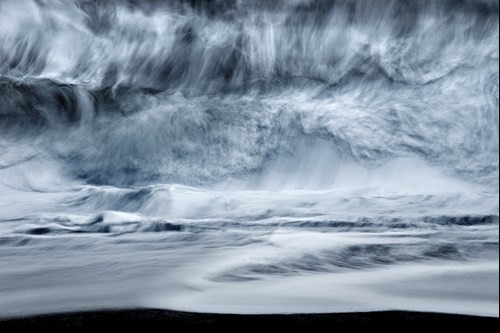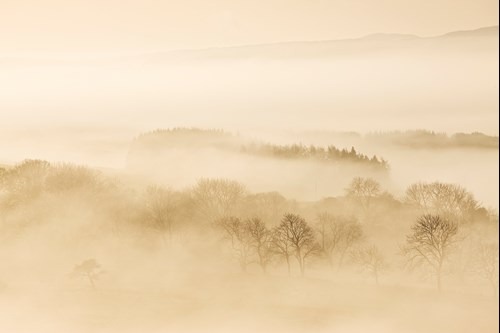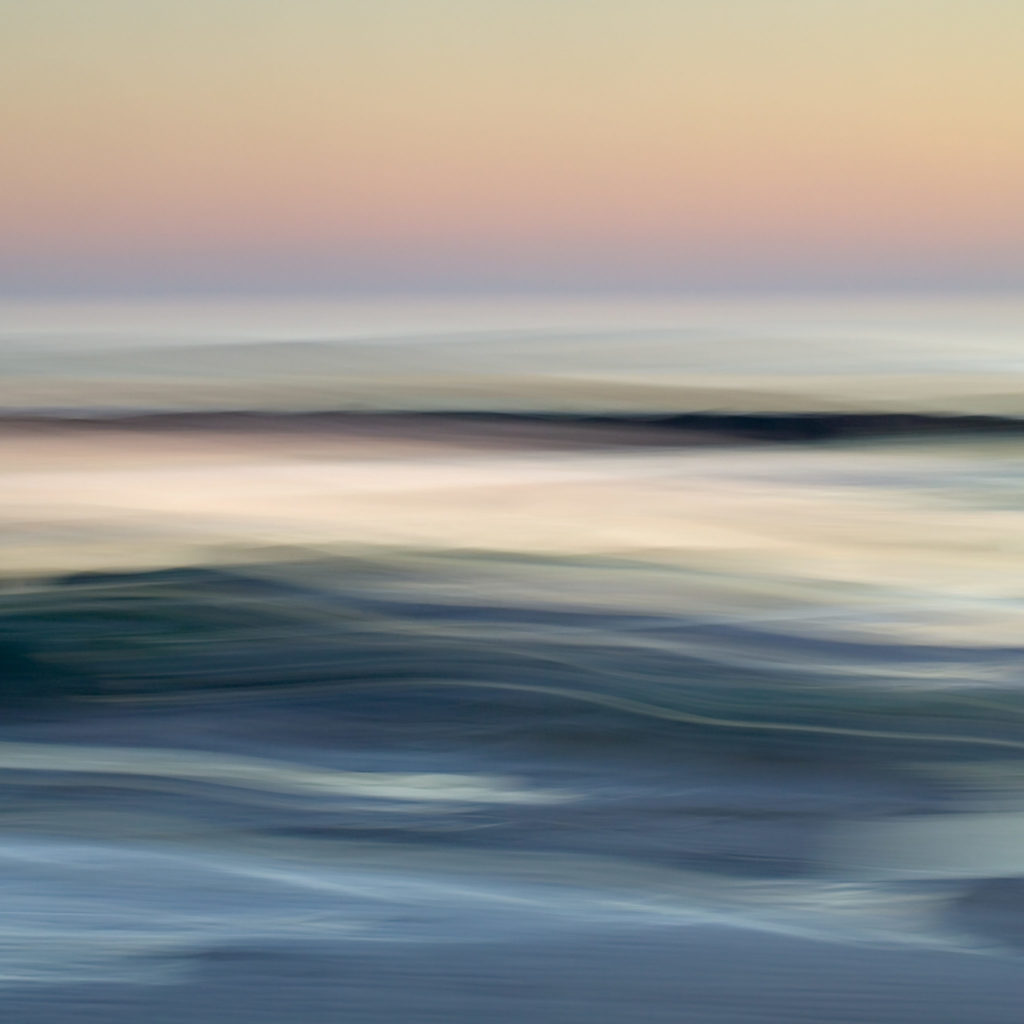Image above: Reflecting Light I © Ted Leeming and Morag Paterson
Ahead of their talk at Fotospeed’s Foto Fest Central at Patchings Art Centre this July landscape photographer Morag Paterson shares her thoughts on working with Ted Leeming.
How did you come to work collaboratively with Ted Leeming?
Ted was already an established landscape photographer when we met, whereas I had been a lifelong snapper but hadn’t taken it very seriously. Being around his work and having all the gear to hand meant I got hooked quickly. I was very experimental, something which Ted embraced and incorporated into his own work while we made the Impressions series. We found we worked better and learned more quickly when we shared our ideas so decided to fully collaborate and co-sign the work.
We spent several years on Impressions. It was an exciting and ground-breaking period for us, and something that would have been difficult or impossible to do before digital. We weren’t aware of anyone else using this technique at the time, so we had to teach ourselves every element from scratch, and sharing each other’s progress meant that our skills developed far quicker than they would have done if we were working in isolation. When we first showed it at the Joe Cornish gallery it got quite a mixed response but I think the technique is commonplace now and there are some fantastic artistic photographers using intentional camera movement.
Why do you think collaboration is important for a photographer?
Collaboration can be a rich and rewarding experience. We see footprints of each other’s work in our own all the time. When working together, we usually collate the work digitally, produce small prints outs and really get to know the set before curating them. There’s always a lot of discussion at this point, and it’s probably the trickiest part of working together. Ultimately how we curate the set depends on what the initial goal was, be it a conceptual project or one based on location. Occasionally we’ve sought a knowledgeable third-party opinion at this point, which can be very helpful. We usually post-process our own images alone and put them together afterwards and give each other feedback. This can be helpful as it’s easy to lose objectivity when you’ve become really engrossed in processing an image.

Image above: Iceland © Ted Leeming and Morag Paterson
There are distinctly different styles in your collective work. Does this stem from you each having a preferred style, or have you both been open to experimentation in the past?
As a rule, Ted probably tends towards more static images (albeit often incorporating some movement) whereas my work almost exclusively centres on movement or fleeting transitions. I don’t think you need to worry about how similar or different your styles are when looking for someone to collaborate with, it’s more important that you gel as individuals and have a similar passion about a particular theme or place.
Ted had studied art history at college and was particularly drawn to Leonardo Di Vinci and also the abstract expressionists Jackson Pollock, Mark Rothko, and the Romantic painter JMW Turner. I hadn’t studied art at all – I got an unclassified result in my art GCSE, and it’s only since shooting the impressions series that I’ve come to know and love the abstract expressionists, who, it’s fair to say, continue to influence my work. There are traditional photographers that influence us too, Ted is a big fan of Christopher Burkett and we both love Jan Töve’s work.
What are you currently working on?
We’re working on two main projects at the moment. The first is photographing Liguria where we have recently moved. It’s an incredibly rich and diverse region, with coast, mountains, forest, medieval towns and deserted villages – we’re only just scratching the surface. The second project is launching the Zero Footprints Community, which is an inclusive global hub for photographers exploring climate change and some of the environmental challenges we face. Our vision is to educate through a positive message that grassroots actions by individuals can and will make a difference.

Image above: Glenhoul © Ted Leeming and Morag Paterson
What is the significance of print, to you?
Print is very important to us, we do several exhibitions a year as well as private and public commissions. The process for coherently presenting work varies a little depending on whether it’s an exhibition or a book. The crux is asking what are you trying to achieve, what is the story you are telling or the message you are conveying and then making sure all the images selected are a part of that narrative. A good tip would be that less is generally more, if something is not adding, leave it out.
What’s the biggest lesson you’ve learned as a result of the way you have chosen to work together?
One of the biggest lessons I’ve learned is to know your objective from the start, that way it’s a lot easier to put the work and accompanying words together at the end of the process. My other advice would be quite simple – do it! Find someone you really click with and have some fun. It’s a fantastic way to grow, both as an individual and as a photographer.
Pick up a copy of OP232, our July issue, on sale 31 May 2018 and turn to p8 to read our highlights for the event.
Don’t miss Ted Leeming and Morag Paterson’s talk A Collaborative Journey at Foto Fest Central, Patchings Art Centre, Nottingham on 15th July, 2018 at 1.45pm. Click here for more details.
The competition is now closed

